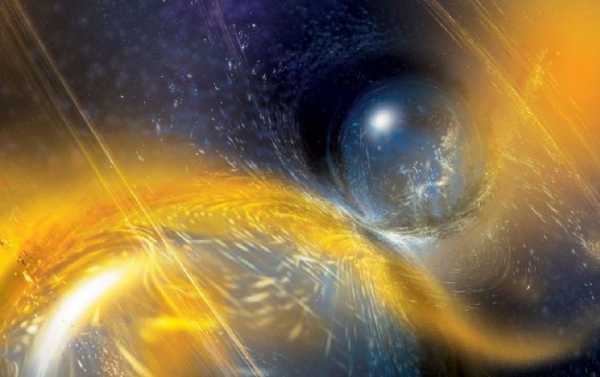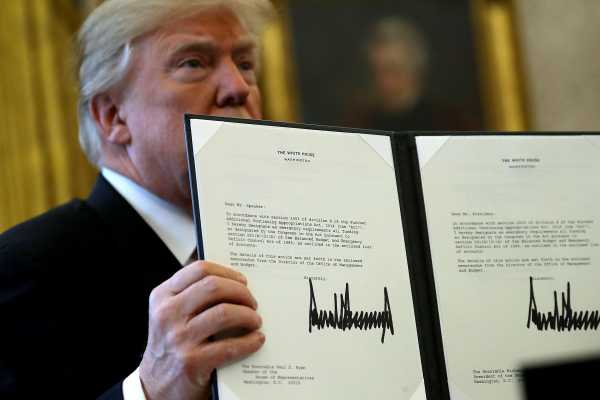
Scientists are on the hunt for the neutron star merger that provided our solar system with such large quantities of heavy elements. In a new study, they explain where and when they think this stellar crash took place.
Two neutron stars smashing into each other is quite the rare occurrence; scientists estimate our galaxy might see one such merger every 100,000 years. However, it’s one of the essential processes in the creation of the universe as we know it, since these violent events provide one of the few forges capable of creating the periodic table’s heavier elements.
A team of astrophysicists is hot on the trail of one such prehistoric stellar crash, presenting some of their results to the American Astronomical Society in January.
To figure out the where and when required both microscopes and telescopes. The scientists first looked at the materials here on Earth that would have had to be created in such an explosion in order to tell how long ago they came into existence, and then had to rewind the galaxy back to that point to figure out where the neutron star merger occurred.
“Each isotope is a stopwatch starting at the explosion,” Marka said. The radioactive versions of the different elements formed in the explosion decay at predictable rates, meaning if you know what elements they decay into and you know how much of each element you have, you can figure out how long ago they were all created.
A neutron star is one of the densest objects in the universe, the core of a collapsed star where the matter is packed in so tightly it doesn’t obey normal laws of physics. When two of these bizarre objects attract each other, they slowly spiral inward, toward a huge crash that shoves atoms against one another with such force that it can push them together and make progressively heavier elements.

Periodic table showing origin of elements in the Solar System, based on data by Jennifer Johnson at Ohio State University. The percentages of each element’s origin are represented by squares (out of a hundred) to make it easier to estimate proportions.
The hypothesis was first proven accurate in a paper published last October, in which the first neutron star merger ever observed by humans, in 2017, was found to have created strontium, a heavy element found in soil and rock on Earth.
The other method of making big atoms is a supernova, or the massive explosion that comes at the end of a larger star’s life, but the relative scarcity of heavier elements in our solar system suggests their origin to have been a neutron star merger instead.
Neutron star mergers have other uses for scientists, too. A number of Earth-based observatories, including the Laser Interferometer Gravitational-wave Observatory (LIGO) and the Virgo detector, have proven capable of detecting the gravitational waves generated by neutron star mergers as well as the wildly powerful gamma ray bursts they generate.
Sourse: sputniknews.com
0.00 (0%) 0 votes


































